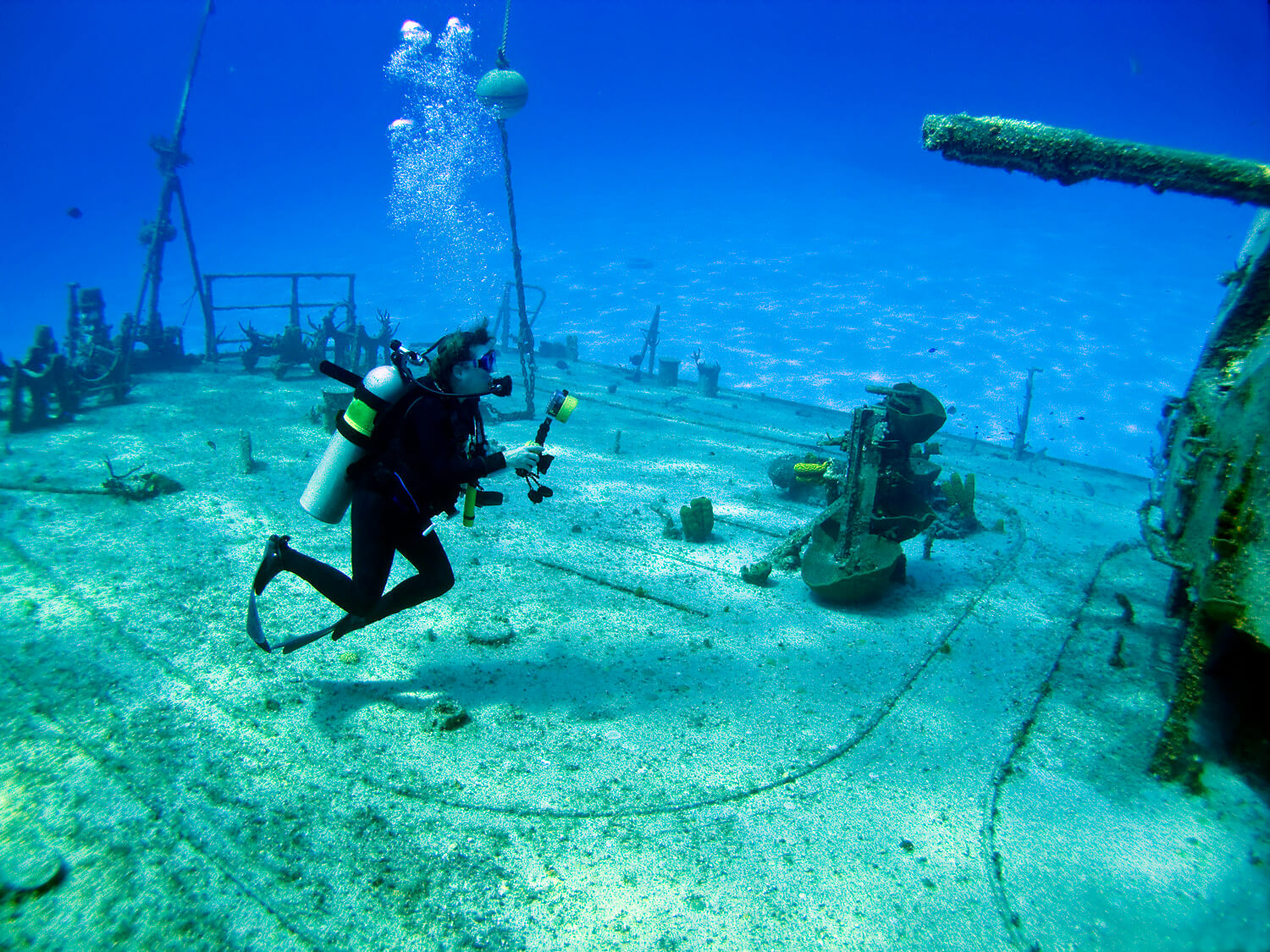Blog

What is a marin ecosystem?
- by Cindy
-
in Blog
-
Hits: 3426
What composes a marine ecosystem?
When we speak about marine life, we often use the term “ecosystem”, but in fact what is a marine ecosystem? Which characteristics compose it?
A marine ecosystem is an aquatic saltwater system composed of communities that interact with all living and non-living things that are in the environment. The environment serves as habitat for plant and animals. Marine ecosystems are essentials because they provide refuge for millions of specie, they are responsible of half of the oxygen we breathe, they absorb CO2, etc.
Marine ecosystems can be divided in 4 categories: coral reefs, estuaries, mangroves, and deep sea.
Coral reefs ecosystems are colorful structure underwater, composed by corals that support, harbor, and keep safe thousands of specie of marine organisms. Corals are built on surfaces and hard rock, and they use the calcium carbonate from the salt water to produce hard structure and protect their bodies. They can cover up until thousands of kilometers. Interesting fact, the coral is colorless, its color comes from the different species of algae that are growing inside them. They harbor about 25% of all marine species. Unfortunately, they are one of the most threatened habitats of the planet.
Estuaries ecosystems are bodies of water where the fresh water from rivers and streams meet the salt water from the oceans. It creates brackish water, where the water is less salty than in the ocean. Usually, they have cold temperature in the winter and warm temperature during spring and summer. They harbor plants and animal’s species that have special abilities that allow them to spend their life in brackish water. Estuaries are highly productive, but due to its characteristics are sheltering migrating or resistant species.
Mangrove ecosystems are considered as part of the estuaries. Thereby they are ecosystems with salinity fluctuation, high temperature and low levels of oxygen. Regarding of climate, tides, topography, or sea level they can have different physical and chemical characteristics. They are very important because they work as a “filter”, protecting the shorelines against storm, tsunamis, cyclones, etc. They also absorb CO2, stabilize sediments and filter pollutants. They host an incredible abundance richness of species of plants and animal. Sad fact, 35% of the mangroves have been destroyed and less than 10% are currently protected.
Deep sea ecosystems can reach more than 4000meters depth. Obviously, they don’t have light, and have a high pressure. Due to these extreme conditions, there are only a few species of marine organisms there. These creatures are adapted to very little and no light and cannot rely on vision to feed themselves. They have developed abilities of camouflage and bioluminescence. Interesting fact, 71% of the earth is covered by the sea and 90% is considered as deep sea.
Comments
- No comments found




Leave your comments